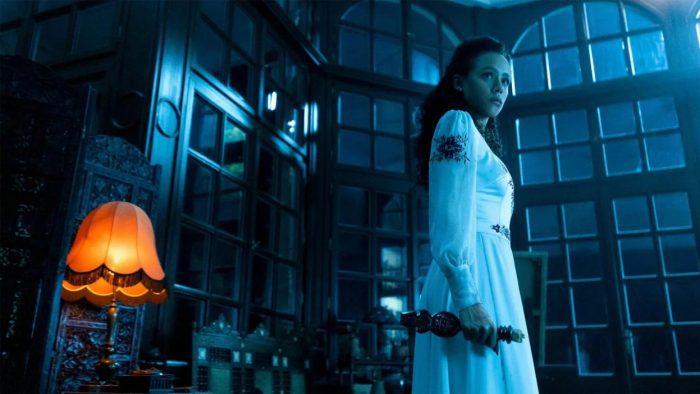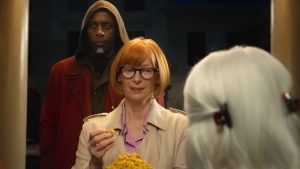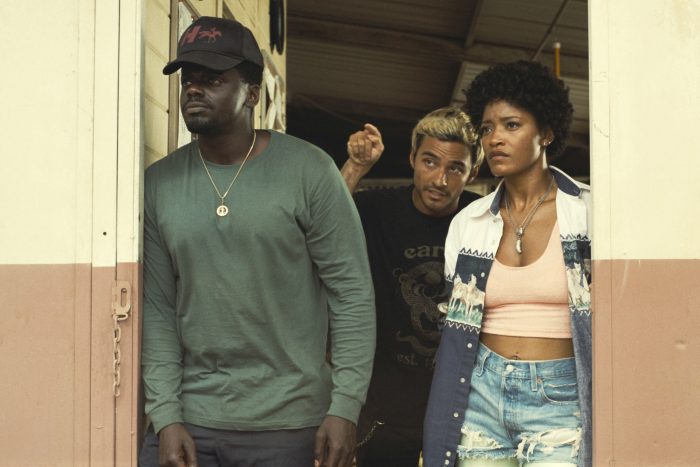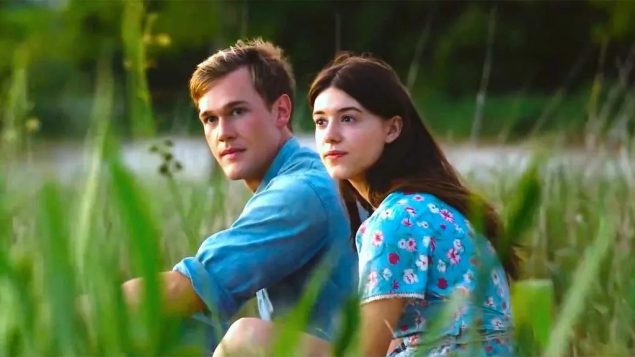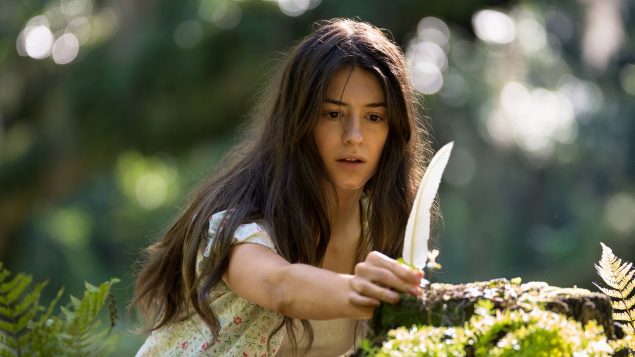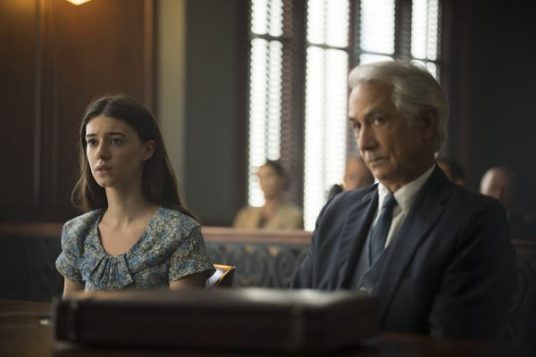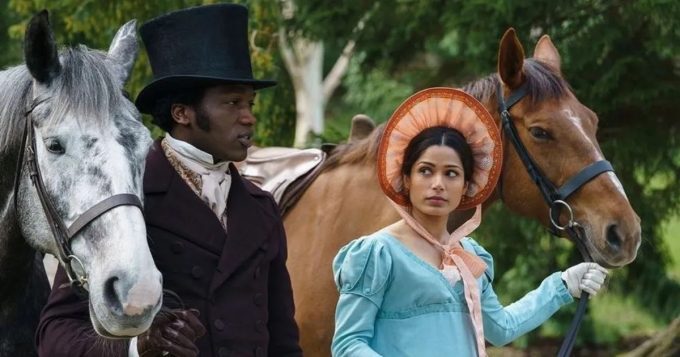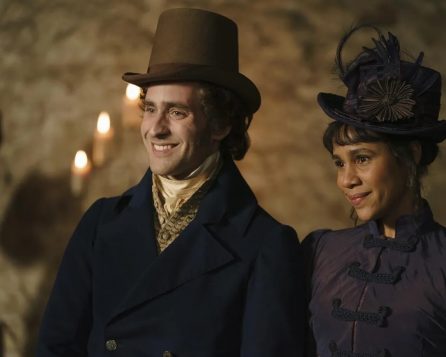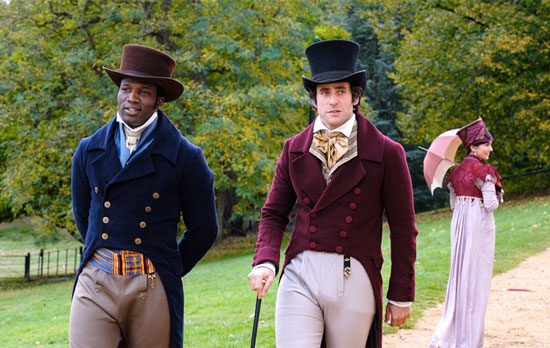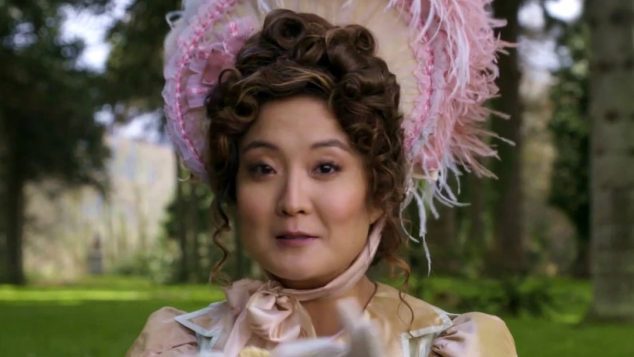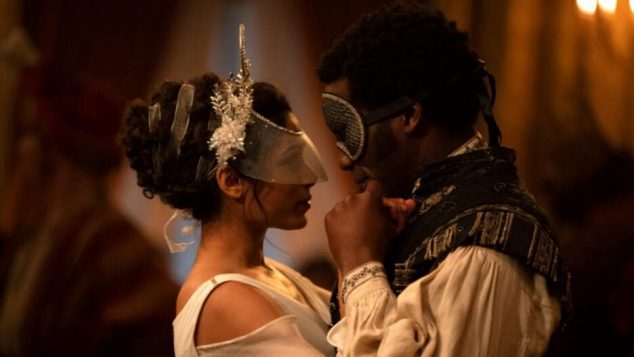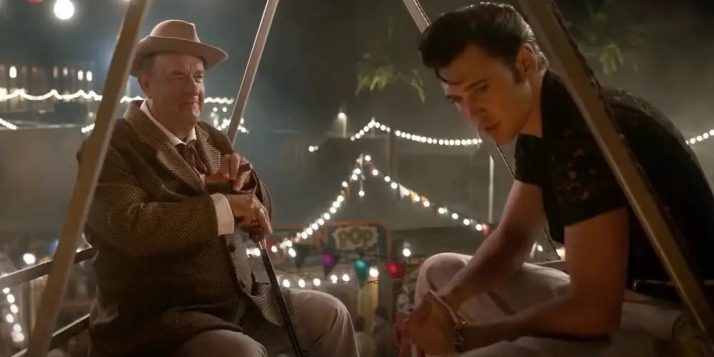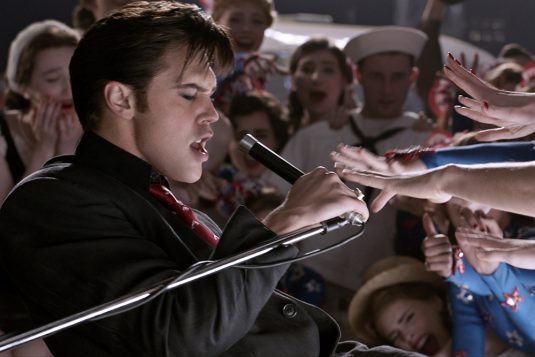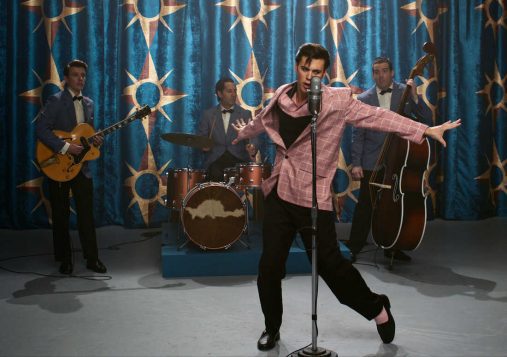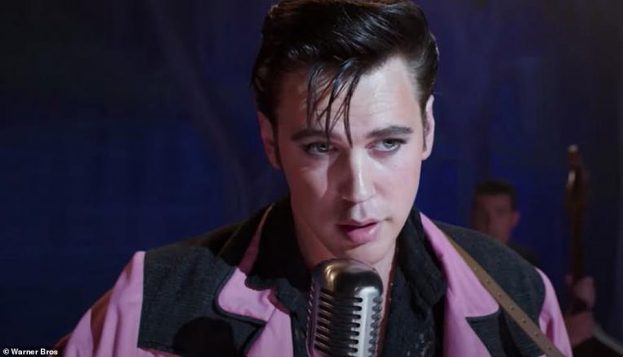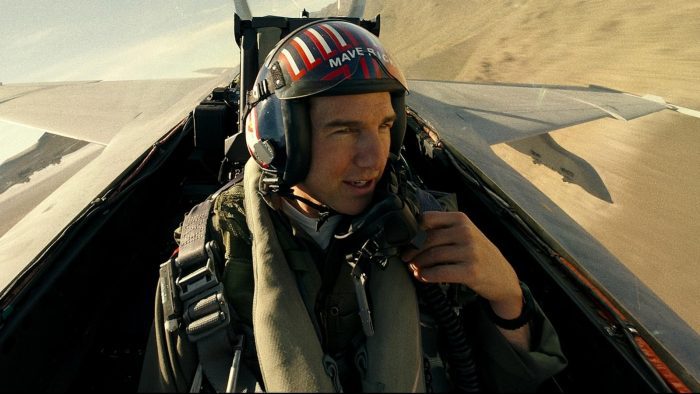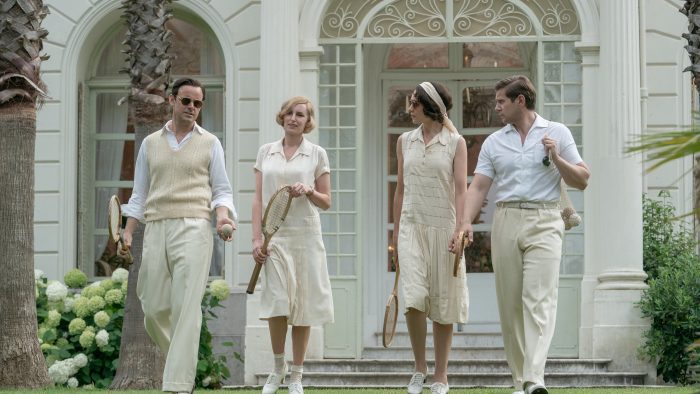Reviewed by Jeffrey Sanzel
Who doesn’t like a good vampire movie? Clearly, the creators of The Invitation. “Creators” might be inaccurate. “Responsible parties” is probably more apt. But, in what may be the only horror movie inspired by a DNA kit, the disastrous 104-minute mess manages to be witless, tiresome, and pointless.
The film opens with a severe case of “we’re going to tell you stuff.” Evelyn “Evie” Jackson struggles as a cater-server with past due bills and aspirations of being an artist. (Her medium is ceramics, not pottery, as she later corrects her host.) Now orphaned after the passing of her mother a few months before, she floats and frets and treads water (not unlike the film).
Through a genetic test, Evie connects with the English part of her family. Revealed is a history of a footman’s affair with an aristocrat, an escape, and a few other bits revealed throughout the exposition.
Cousin Oliver just happens to be in New York City on business. He invites Evie to a family wedding in Yorkshire. She bids goodbye to her wisecracking, sassy best friend, packs up, and off she goes, arriving at the estate of the DeVilles. Yes. The DeVilles. Sadly, this is not even the least subtle element of the film. That ignominious award goes to the “sly” Dracula references, including the location being New Carfax, in Whitby, as well as a couple in the village named Harker. And so, it goes.
Quickly, Evie senses that all is not right in this Downton Abbey from Heck. Her idyll adventure becomes sort of an “Eat-Slay-Love” scenario as she becomes involved with Walter, the handsome young lord of the manor. She encounters a range of characterless family members — “patriarch with an eye patch,” “butler who mumbles to himself as he dispatches the hired help,” “worried ladies’ maid,” and other stock figures who are an insult to clichés.
There is no shortage of moving shadows, darting hands, and creepy whispers on the grounds. The house sports barred windows with sharp points, a mysterious library, candles that go out, and gramophones that turn themselves on.
The screenplay, by Blair Butler, seems to be absent of original thought and does nothing to help Jessica M. Thompson’s thrill-less, leaden direction. The Invitation might be the least erotic vampire movie of all time. The scene containing the most tension features a manicure and the obligatory cutting of the finger so that someone can suck the blood.
Lines such as “I feel like I’m going crazy” are only equaled by the equally trite “I want to live life fully. Throw caution to the wind …” When Walter attempts to open up to Evie, the dialogue gives new meaning to cringe-worthy: “I’m tired of the façade. Of keeping up appearances … It’s isolating. I want someone to see me for who I truly am. Someone who accepts me.” Poor, lonely vampire.
There are some explanations of rituals involving the dark lord’s need for three wives (i.e., the Brides of Dracula). The concept of mortals who enable the family is a novel idea. The idea that these surrounding sycophants are collaborators in the evil is intriguing. But, once introduced, the idea drops, and back we go to the tedium. The pedestrian “climax” fails to deliver on a nearly clever twist. The very brief and supposedly amusing epilogue does nothing to solve this dead end.
As far as the presence of gore, The Invitation is a bit bloody … bloody awful, bloody boring, a bloody waste of time.
Nathalie Emmanuel (Game of Thrones) offers a strong, resourceful Evie and holds the focus. But the material limits her ability to show a great deal of range. Thomas Doherty offers a charmless Walter, more annoying than alluring. Hugh Skinner’s Cousin Oliver seems like a refugee from an earlier time; one expects him to come bounding in with a “tennis anyone?” Stephanie Corneliussen is the mean girl, and Alana Boden is the nice girl; the less said, the better.
At one point, Evie cries, “I want to go home.” (So did I). Shortly after, she asks, “Why are you doing this to me?” (A question I asked aloud to the empty theatre.) Eternal life may feel long, but not as long as this movie. Regarding this Invitation, I suggest RSVP “will NOT attend.”
Rated PG-13, the film is now playing in local theaters.

